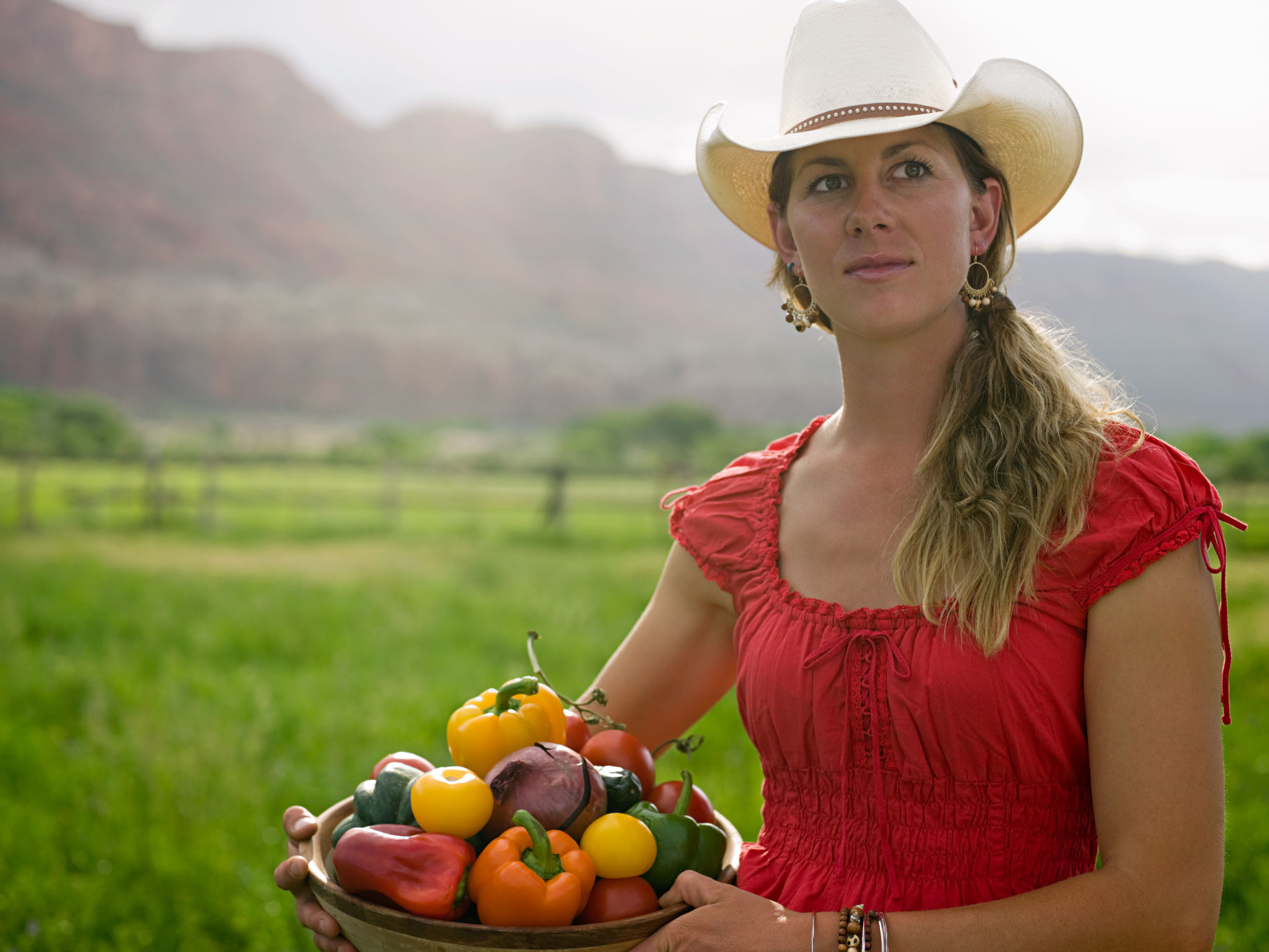The Future of Farm-to-Table Dining: Insights for Canterbury Foodies
The Rise of Farm-to-Table Dining
The farm-to-table movement has been steadily gaining momentum over the past few years, and its future looks brighter than ever, especially for food enthusiasts in Canterbury. This dining approach emphasizes sourcing food directly from local farms, ensuring fresh, seasonal, and sustainable ingredients. As awareness about the benefits of eating locally grows, more restaurants and consumers are embracing this concept.
Canterbury, with its rich agricultural heritage and fertile land, is uniquely positioned to lead this culinary revolution. The region's commitment to sustainability and quality makes it an ideal place for farm-to-table dining to flourish. Local farmers and chefs are collaborating more closely, creating a vibrant food scene that celebrates the best of what the land has to offer.

Benefits for Local Communities
Farm-to-table dining offers a multitude of benefits for local communities. By choosing locally sourced ingredients, restaurants can support local farmers and contribute to the regional economy. This ensures that money spent within the community continues to circulate locally, fostering economic growth and stability.
Moreover, the environmental impact is significantly reduced. Transporting food over long distances involves high carbon emissions. By sourcing ingredients locally, restaurants can minimize their carbon footprint and contribute to a more sustainable food system. This is an important consideration for environmentally-conscious Canterbury residents who wish to make a positive impact on their community.

Enhancing Culinary Experiences
For Canterbury foodies, the farm-to-table movement is a golden opportunity to experience food in its freshest form. The proximity of farms allows chefs to use ingredients that are harvested at their peak ripeness, resulting in dishes that are bursting with flavor. The natural taste of farm-fresh produce enhances the overall dining experience and provides a deeper connection to the food.
Restaurants that adopt this approach often feature rotating menus based on seasonal availability. This not only keeps the offerings exciting and diverse but also educates diners about the importance of seasonality in agriculture. As such, patrons can look forward to new and delightful culinary experiences throughout the year.

Challenges and Opportunities
Despite its many advantages, the farm-to-table movement does face certain challenges. For instance, establishing reliable supply chains between farms and restaurants can be complex. Weather conditions and crop yields can also affect the availability of certain ingredients, requiring chefs to be adaptable and creative in their menu planning.
However, these challenges present unique opportunities as well. Chefs and restaurateurs are encouraged to innovate and experiment with lesser-known local ingredients. This not only adds diversity to menus but also helps preserve indigenous crops and traditional farming practices that might otherwise be lost.
The Future of Farm-to-Table in Canterbury
Looking ahead, the future of farm-to-table dining in Canterbury is promising. As awareness and demand continue to grow, more establishments are likely to adopt this sustainable approach. Collaborative efforts between farmers, chefs, and policymakers will be crucial in developing infrastructure and policies that support local food systems.
For Canterbury foodies, this means more opportunities to enjoy fresh, flavorful dishes while supporting local agriculture and promoting sustainability. The farm-to-table movement is not just a trend—it's an evolving lifestyle choice that aligns with the values of health-conscious, eco-friendly consumers.